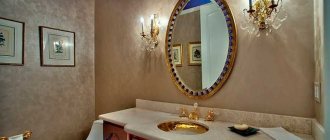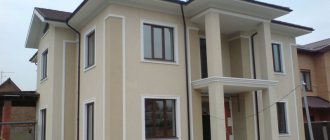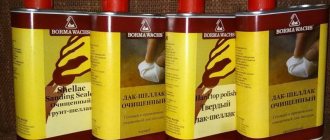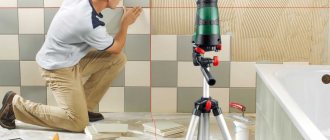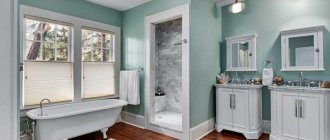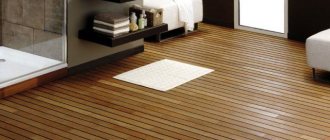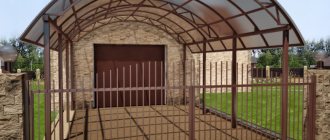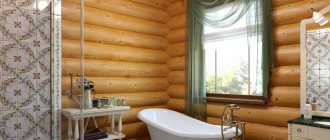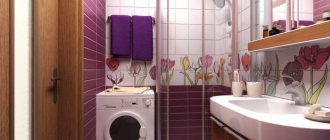Before you think about finishing a bathtub, you need to understand what features this room has that can affect its finishing. Most people have tiles in their bathrooms, which is considered the norm, and other options are not considered. The reason for this phenomenon is obvious - very high humidity, and other finishing materials do not last long in such an environment. Due to high moisture, droplets of water regularly appear on the surface of the walls in the bathroom, making the entire wall wet.
Story
This method of finishing has existed for a couple of thousand years and arose earlier than its current name. Even the builders of Ancient Rome noticed that waste stones in the form of dust and fragments can be used to create a finishing mixture, which, thanks to a special application technique, will be no worse than marble.
The plaster recipe became in demand in Venice during the Renaissance, which is where the name came from. Nowadays such finishing is used to decorate not only the interior space, but also the exterior. Moisture-resistant Venetian plaster for the bathroom, if properly finished, can last for many years. A room decorated with this material always looks luxurious.
According to reviews, Venetian plaster in the bathroom looks great, not only if it is purchased. You can do it yourself. To do this, you need stone chips, which may be available in a workshop where they work with marble and granite. Slaked lime is sold in construction stores, and colors are sold in places where paints and plasters are sold. Factory-made formulations have a consistent recipe and certain properties, unlike home-made mixtures.
Peculiarities
The main component of this material is marble dust or fine chips. Dust from onyx, granite, malachite or other natural stones is rarely used. The binding mass is made on the basis of slaked lime, and the color tones are obtained by adding persistent pigment dyes. Marble dust produces a shimmer that experts call the depth of light phenomenon.
Modern mixtures contain acrylic components and other polymer binders. Thanks to them, microcracks do not form and the service life of the finish increases. A new product is considered to be silicone Venetian plaster, made for wet conditions and renovation of facades of buildings.
Can Venetian plaster be used in a bathroom? The decoration looks great not only in large rooms, but also in small ones. Surfaces seem to emit light, providing a sense of depth - because of this, the space visually appears taller and larger. Venetian plaster for the bathroom is the best option, since the finish is not afraid of dampness and temperature changes. According to reviews, the room is radically transformed after renovation.
But such a surface is afraid of direct contact with water. Shower compartments and walls adjacent to the bathtub should not be finished using this method. For these areas, it is advisable to choose ceramic tiles similar in color and texture. Areas located in the danger zone can be hidden with transparent glass, and it is recommended to apply a reliable sealant to the joints.
Advantages
It represents a relatively new trend in the design of interiors and exteriors, although textured plaster is essentially the same as the well-known decorative plaster. The name is due to the fact that the liquid or dry mixture contains various additives (crumbs of artificial and natural minerals, fibers, etc.), which allow you to create a unique texture.
For example, stone plaster imitates natural stone, Venetian plaster imitates marble. You can add originality using ordinary construction tools, such as a spatula or various stencils.
Another original design option
The popularity of plaster is based on the possibility of a wide variety of design solutions for finishing. Manufacturers offer a wide selection of colors and textures. They can be selected from the catalogue. Mixtures are sold ready-to-use in color, and those that can be painted immediately before application to the wall.
Plaster is plastic. She is easy to work with. Moreover, a person who does not have professional construction skills can plaster without much difficulty.
- The material is resistant to mechanical and temperature influences. In particular, it can withstand temperatures from -50 to +75 degrees. These qualities ensure a long service life of the plaster.
- Such plaster, as professionals say, breathes. It means that
- the material is able to absorb excess moisture in the air, retain it, and release it back without losing its functional properties.
- The plaster coating is easy to care for. Dirt and soap drips are easily removed from it.
- Easily repairable.
